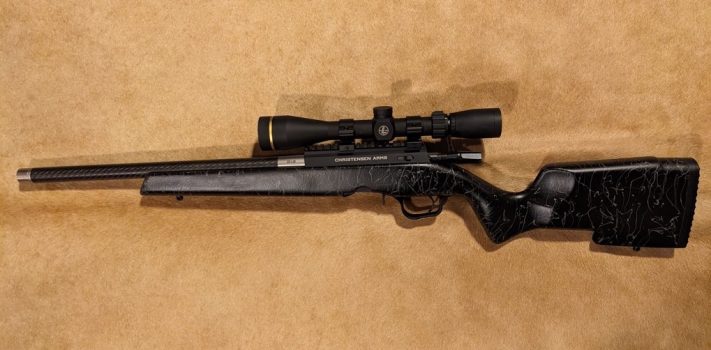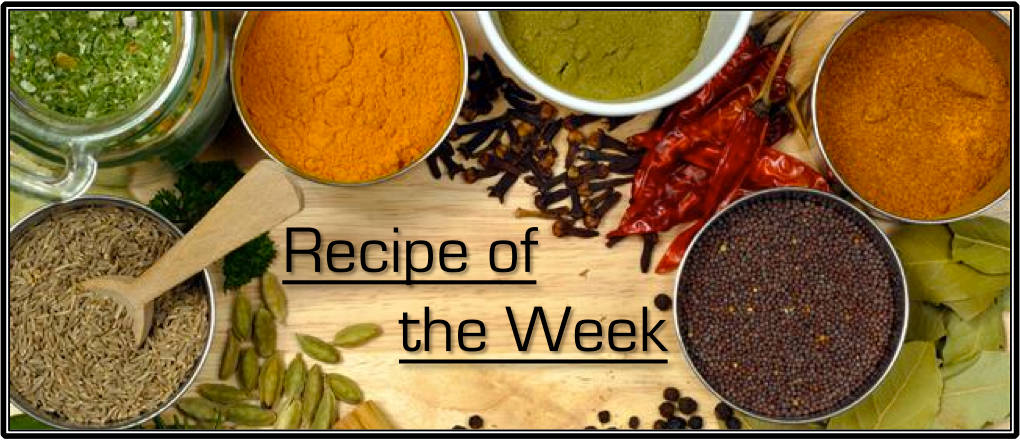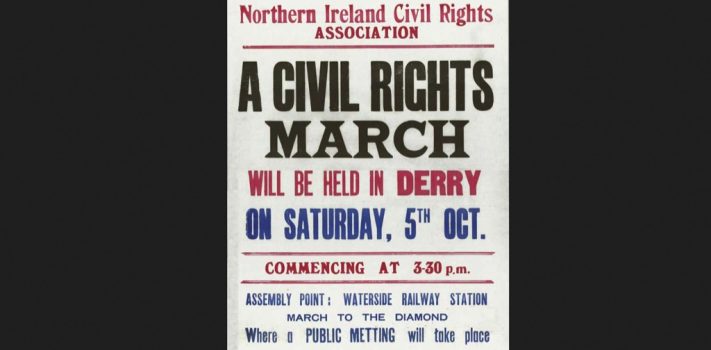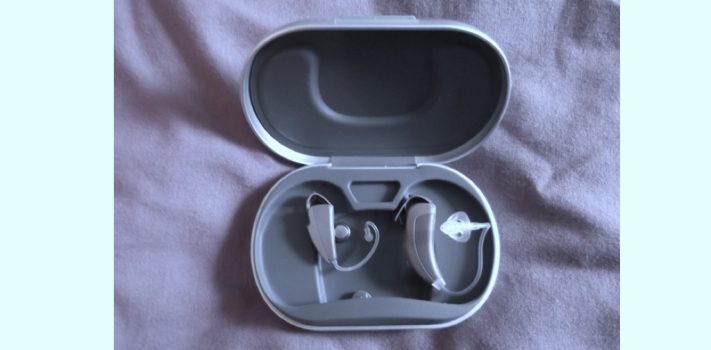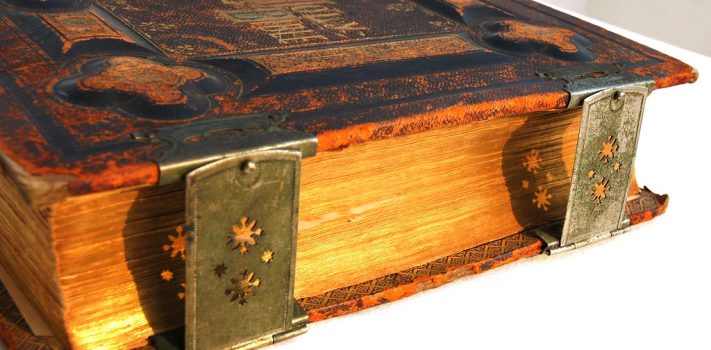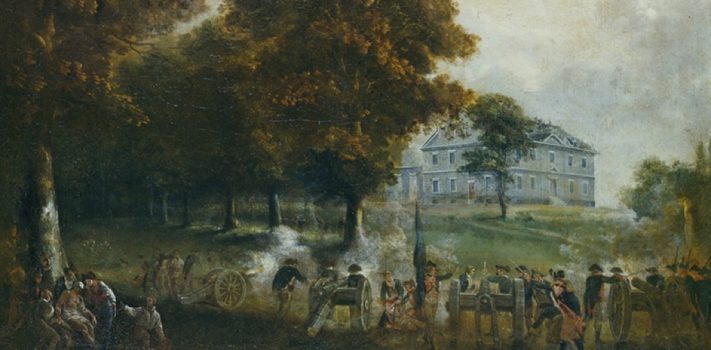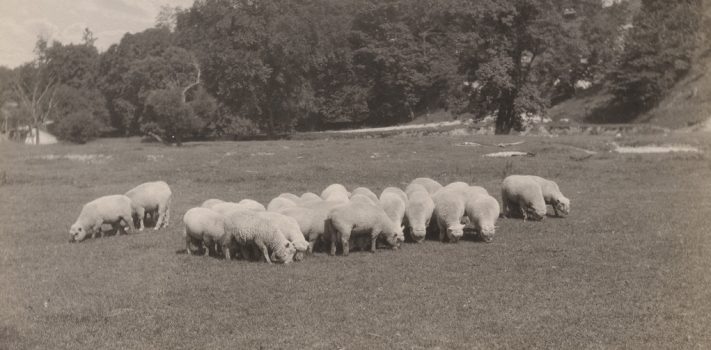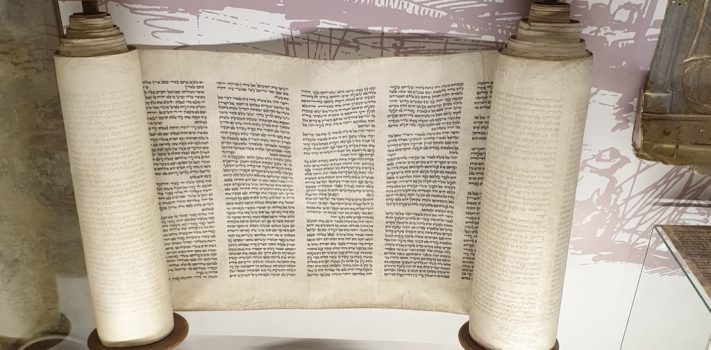This is an open letter to the members of the U.S. House and Senate. I am writing to encourage you to pass the Hearing Protection Act (HPA). This legislation would remove most of the restrictions on firearms suppressors — devices commonly but erroneously called silencers. (They do not completely silence guns.)
I recently turned 65 years old. Because of my service in the U.S. Army and my many years as a target shooter and hunter, I have developed progressive nerve deafness. My hearing loss is rated at “Profound” by audiologists. I have spent thousands of dollars on hearing aids in the past 20 years, but as my hearing loss has progressed, even the most sophisticated ones don’t provide me with adequate hearing.
My condition would not have developed if I had consistently used guns equipped with suppressors. But since the passage of the National Firearms Act in 1934, buying suppressors has been heavily taxed and requires background checks, fingerprinting, et cetera. In contrast, in most European countries, suppressors are completely unregulated. They are just considered a gun accessory like a scope or a bipod.
Here are just a few examples of how my deafness has degraded my life:
- I can no longer understand what women with high-pitched voices are saying.
- I cannot enjoy eating at restaurants, because with the high background noise, I can’t understand what anyone is saying. My deafness makes conversations in restaurants or in a moving automobile just about impossible.
- I cannot watch movies without subtitles, because I can no longer understand the audio dialogue.
- I can no longer be a radio or podcast interview guest unless the interviewers send me written lists of questions in advance.
- I cannot understand what many people are saying, and sometimes I don’t even realize that they are speaking, and I unintentionally interrupt them. So they think that I’m being rude.
- I cannot understand almost anything said by my grandchildren, because of their high-pitched voices.
- I can no longer enjoy listerning to music because I cannot hear the upper octaves, or make out most of the song lyrics.
- I no longer do much shooting — even when wearing both earplugs and earmuffs — for fear of losing my hearing entirely.
- I cannot hear songbirds or even the sound of my own footsteps.
- My wife has to repeat sentences two, three, or even four times before I can get the gist of her meaning. Thankfully, I have a very patient wife!
My nerve deafness has frustrated everyone around me, and essentially ruined my life in what are supposed to be my Golden Years. In some ways, I feel like I’m living underwater: I can see your lips move, but I cannot understand what you are saying, even if you shout. I am profoundly saddened by this situation.
The Bottom Line: It is too late for me and for many other sportshooters in my generation. My hearing is already “shot”, and hence the quality of my life has been greatly diminished. But it is not too late for the next generation. Please, please pass the Hearing Protection Act, and save the hearing of the next generation and future generations of shooters.
Sincerely,
James Wesley, Rawles — Novelist and Blogger

